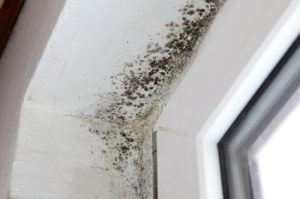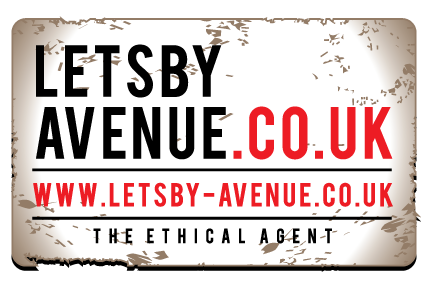
Mold is a common issue that many tenants face in rental properties. It can be unsightly, cause health problems, and even damage your belongings. Fortunately, there are steps you can take to prevent mold from forming in your rental property. In this blog post, we will discuss some tips and techniques to help you stop mold in its tracks.
- Keep the Property Well-Ventilated
Mold thrives in damp, humid environments. To prevent mold from forming, it’s important to keep your rental property well-ventilated. Open windows and doors when possible, and use exhaust fans in the kitchen and bathroom to remove excess moisture. If you have a basement or crawl space, consider installing a dehumidifier to keep the humidity levels in check.
- Keep the Property Clean and Dry
Mold needs moisture to grow, so it’s important to keep your rental property clean and dry. Wipe down surfaces regularly to remove any mold spores that may be present. If you notice any leaks or water damage, report them to your agent immediately so they can be repaired. Avoid leaving wet clothes or towels lying around, as this can create the perfect breeding ground for mold.
- Use Mold-Resistant Products
There are many products available that are specifically designed to prevent mold growth. Look for mold-resistant cleaning products that for areas that are prone to moisture, such as bathrooms and kitchens. You can also purchase mold-resistant shower curtains and bath mats to help keep these areas dry.
- Monitor Humidity Levels
Mold thrives in high humidity environments, so it’s important to monitor the humidity levels in your rental property. You can purchase a hygrometer to measure the humidity levels, or you can simply keep an eye out for signs of excess moisture, such as condensation on windows or walls. If you notice that the humidity levels are consistently high, consider investing in a dehumidifier to help keep them in check.
- Report Any Mold Growth
If you notice any mold growth in your rental property, report it to your landlord immediately. They are responsible for maintaining the property and ensuring that it is safe and habitable. Your landlord should take prompt action to remove the mold and address any underlying issues that may be contributing to its growth.
6. Condensational Damp – Tenant Damage
It is important to keep your heating on in all rooms, even if you don’t use them. An average sized adult expels about half a litre of water overnight, through breathing. A full wash load expels around 2 litres of water when it dry’s. A full wash load and 3 adults can expel up to 5 litres of water inside your home. The moisture will find its way to coldest part of the house, usually on windows or walls (behind furniture) or in corners. If your home is not ventilated or the heating used, this can be tenant damage and mean you are responsible for the repair and damage caused by the mold. Never dry your clothes on radiators, always keep every room ventilated and make sure the heating is used in every room.
Conclusion
Mold is a common problem that many tenants face in rental properties. However, by following these tips and techniques, you can prevent mold from forming and keep your rental property clean and dry. If you notice any mold growth, report it to your agent immediately so they can take action to remove it. By working together, you can keep your rental property mold-free and safe for you and your family.
